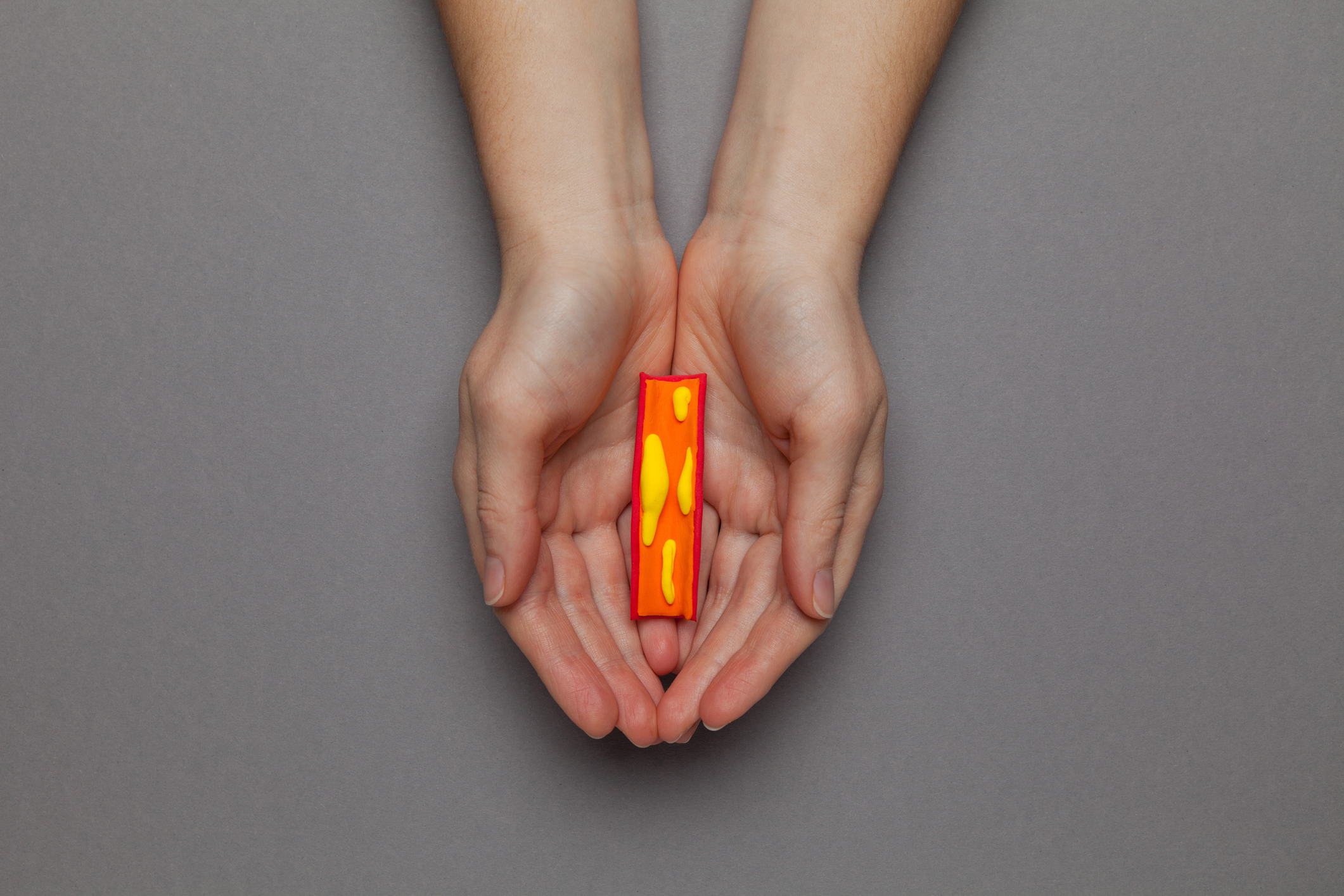

Like many people, I joined the meal service bandwagon.
Cooking every night of the week was getting difficult with my busy schedule. This way, I’d catch a break and still eat healthy.
Or so I thought….
Then I read about microplastics in takeout containers and realized my prepackaged meals are swimming in plastic that can leach chemicals into the food. Worse, I heat the meals in the microwave, which further breaks down into microplastics that penetrate the food I’m eating.
While the research into microplastics is relatively new, there’s ample evidence for concern. Studies have linked microplastics to obesity, hormone disruption, reproductive problems and developmental delays in children.
And research in animals shows microplastics can cross the blood-brain barrier and enter our bloodstream. In the human brain, researchers warn this could potentially increase the risk of inflammation, neurological disorders or even neurodegenerative diseases such as Alzheimer’s or Parkinson’s.
Now we’re finding that insidious plastic has become part of the makeup of the plaque buildup behind heart disease and clogged arteries…
Making clogged arteries more dangerous
Plaque buildup clogs arteries and can lead to stroke and heart attack. Plaque consists of fatty substances, cholesterol, cellular waste products, calcium and fibrin. Now we can add microplastics to the equation…
That is what researchers in Italy saw when 257 patients had an operation to open up their plaque-clogged carotid arteries.
Almost 60 percent of the patients had measurable amounts of polyethylene in plaques extracted from their arteries. And 12 percent also had tiny polyvinyl chloride (PVC) shards in their extracted fat deposits.
Polyethylene is the most common plastic and is used for plastic bags, films and plastic bottles. Both rigid and flexible PVC are used in water pipes, plastic bottles, flooring and packaging.
The researchers then followed the patients with carotid artery plaque in which plastics were detected for 34 months and found they were 4.5 times more likely to have a stroke, non-fatal heart attack or die from any cause than people who had none detected in their removed plaques.
“Observational data from occupational-exposure studies [also] suggest an increased risk of cardiovascular disease among persons who are exposed to plastics-related pollution, including polyvinyl chloride, than that seen in the general population,” the researchers say in the published study.
When examining the plaques under powerful microscopes, the researchers observed plastic fragments with jagged edges inside immune cells called macrophages as well as within the fatty plaques. They also found higher levels of inflammatory markers in patients with microplastics in their plaques.
It’s important to note that this is an observational study and can’t definitively conclude that microplastics are causing the subsequent heart effects; it can only show an association. Also, the study didn’t weigh other risk factors for cardiovascular disease such as smoking, physical inactivity and air pollution — which has previously been linked with increased stroke risk.
Still, previous lab-based studies suggest microplastics can trigger inflammation and oxidative stress in heart cells, alter heart rate and cause heart scarring in animals such as mice.
Lowering your microplastic threat
Reducing our exposure to plastics isn’t easy. Microplastics are everywhere — in our water, soil, fruits and vegetables, meat and dairy products. Even organic produce and meat have some level of microplastics in them.
Even though you can’t completely avoid microplastics, there are ways to reduce your exposure:
- A reverse osmosis filter that can filter them out of your water.
- It’s possible to remove up to 90 percent of microplastics from faucet water by following these simple instructions. No special tools needed.
- Avoid plastic food storage containers and plastic dishware and cups. Use glass, stoneware or porcelain instead.
- Try not to buy food packaged in plastic or use plastic wrap to store food.
- Two or more servings daily of Brassica or cruciferous vegetables may bind to chemicals from plastics and remove them from the body in a process called chelation. These foods include broccoli, Brussels sprouts, cabbage, cauliflower, arugula and dark leafy greens like kale.
- An added bonus of including these vegetables to your diet is that they also can reduce the amount of sticky plaque buildup in your arteries. One study found that women who ate a lot of cruciferous vegetables had thinner artery walls than women who didn’t.
Sources:
Plastic Found Inside More Than 50% of Plaques From Clogged Arteries — Science Alert
Microplastics and Nanoplastics in Atheromas and Cardiovascular Events — The New England Journal of Medicine

